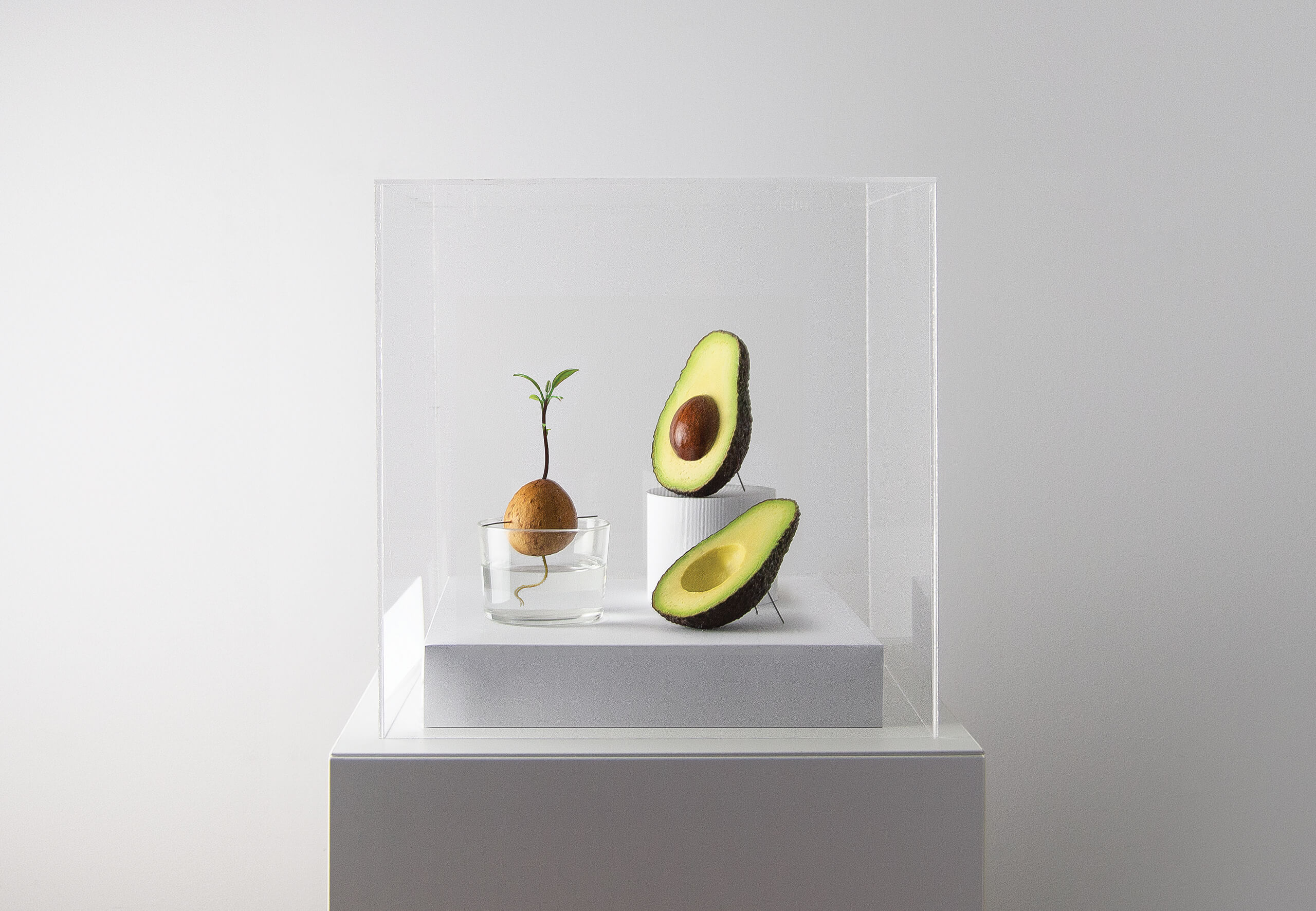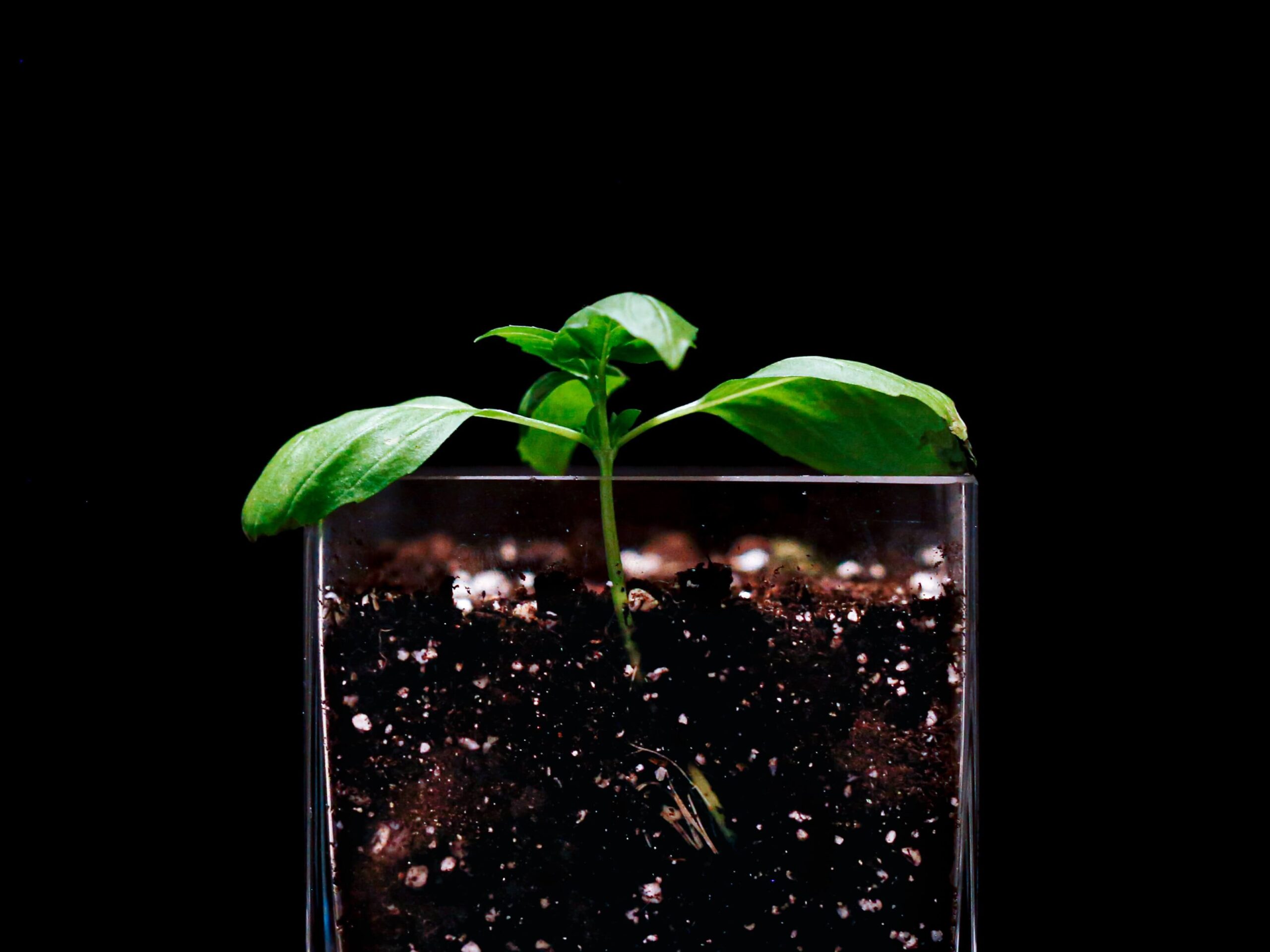
As climate changes take place, farmers are on the front line. Climate research scientist Dr. Cynthia Rosenzweig believes that the entire food system needs to come together to find solutions.
The potential for extreme weather to disrupt food production makes it imperative to understand how the food we eat is affected by the changing climate. To advance this knowledge, I co-founded the Agricultural Model Intercomparison and Improvement Project (AgMIP) in 2010.
AgMIP aims to accelerate the global response to climate change by providing key stakeholders with the knowledge they need to make informed decisions. While we may live in an increasingly complex and divided world, food unites us all. We can’t afford to allow the world’s food system to succumb to climate change.
Farmers are modelers: they have mental conceptions of their farming systems, and recognizing this helps bridge the gap between scientists and producers.”
In June 2023, AgMIP held its Ninth Global Workshop (AgMIP9), bringing together more than 300 food system modelers and stakeholders to focus on how the community can better model the future of food on regional and global scales. As a result of these many great minds coming together, there are three main takeaways that the AgMIP community is prioritizing.
Firstly, farmers are modelers: they have mental conceptions of their farming systems, and recognizing this helps bridge the gap between scientists and producers. By developing models alongside farmers at continent, region, country, and fi eld levels, they will be more relevant and robust across scales and geographies. It’s with the help of local, public, and private stakeholders that AgMIP can ensure that these models are useful and equitable for all involved.
Secondly, in a world where artificial intelligence (AI) is increasingly prevalent, the food-system modeling community has an opportunity to conscientiously utilize this new technology while also asking questions of it.
While AgMIP modelers are using machine learning to improve model performance, it’s important to note that AI shouldn’t be used as a standalone. However, these new technologies can be helpful in creating models that more accurately depict what occurs on the ground. There’s always going to be the latest and greatest tool or technology, but these advances need to be closely evaluated, particularly with stakeholders in mind.
Lastly, the AgMIP community vowed to deepen its collaborations across disciplines. As AgMIP has grown over the past 10 years, more than 50 research teams have formed and this number continues to grow. Newly established AgMIP teams, such as AgMIP Nutrition and AgMIP Food System Emissions, help the community ask and answer new questions.
How models ‘grow’ crops
AgMIP’s crop models “grow” crops in the computer using equations and data. Crop yields under current climate conditions are compared with yields simulated with climate change projections to understand how they will perform in the future.
By using remote sensing data such as soil moisture, precipitation, and vegetation as inputs into crop models, AgMIP improves estimates on how crops are impacted by changing conditions under different scenarios.
While each research team is doing valuable work, no one person or group has all of the answers. We need to break down silos and collaborate more frequently and effectively with people we may or may not agree with to continue to evolve in a rapidly changing world.
The increasing frequency of extreme weather events and the impact these will continue to have on our food systems should certainly raise alarms, but I remain optimistic that we will come together to find solutions.
I remain optimistic that we will come together to find solutions.”
Beyond AgMIP and the efforts to model the impact of climate change on agriculture, we need urgent action to reduce greenhouse gas emissions and develop resilience.
Both tasks are essential across the entire food system – from crop genetics, supply chains, and all the way to local markets. Because right now, weather changes are affecting the food we produce and eat around the world.




